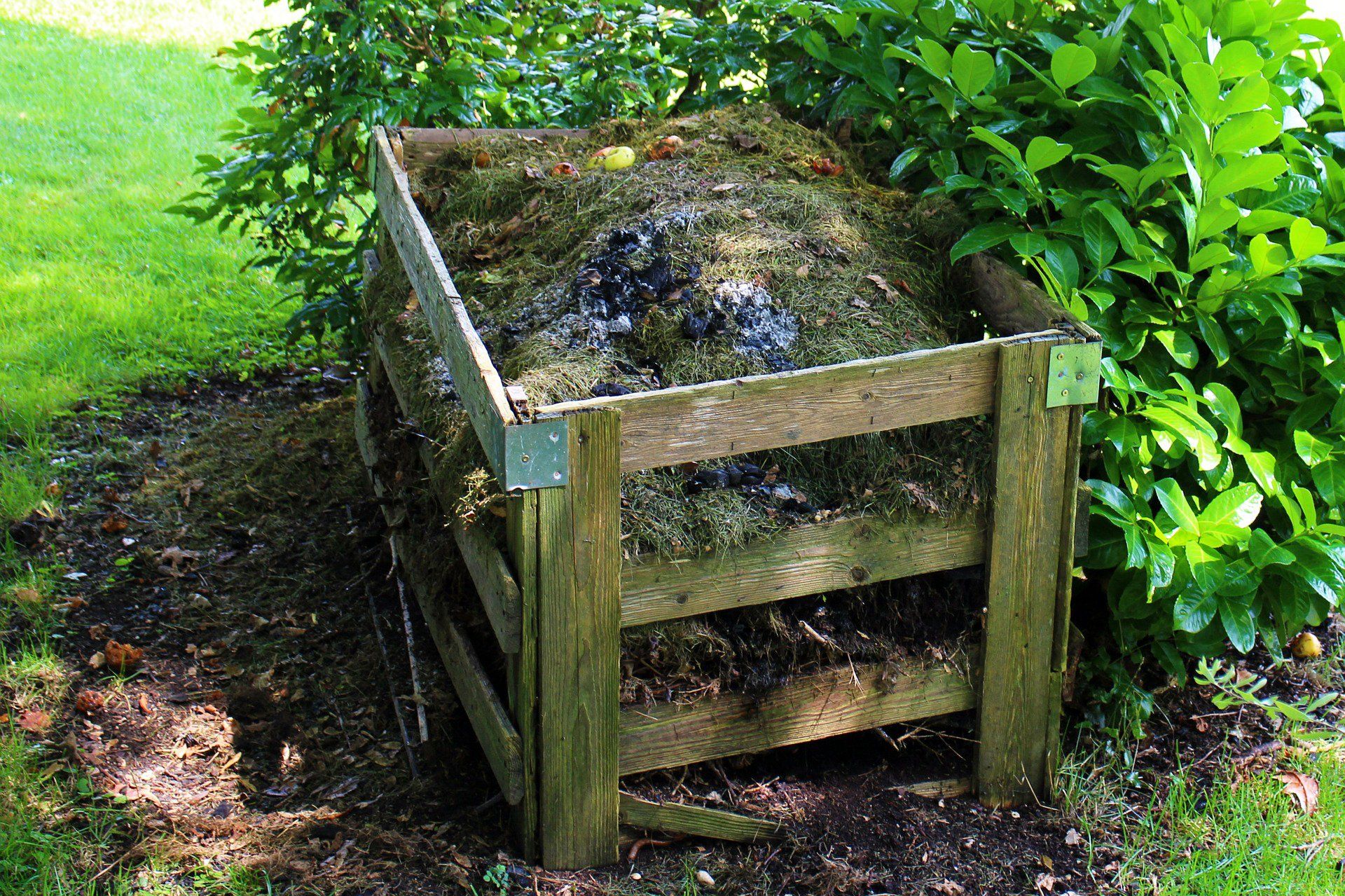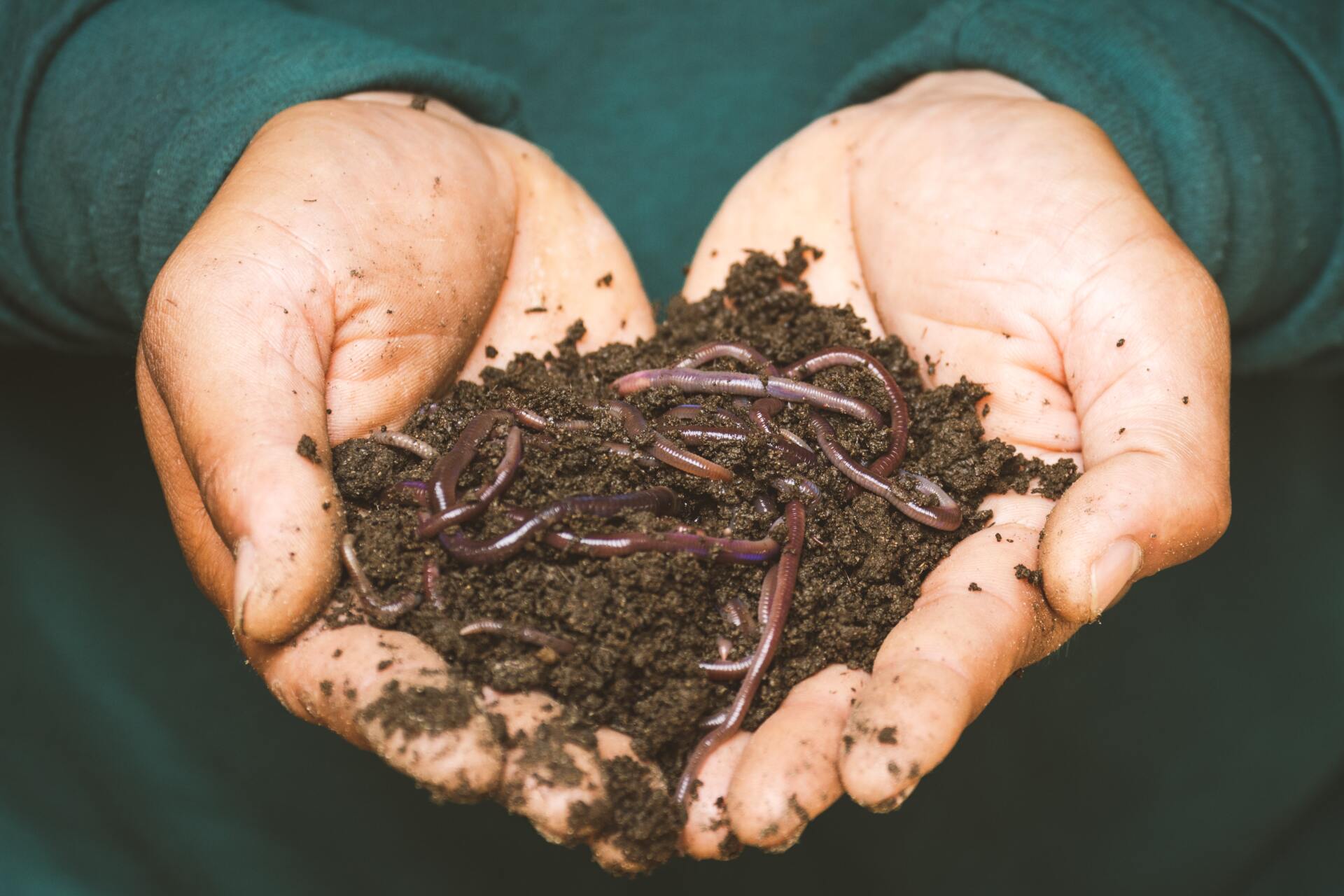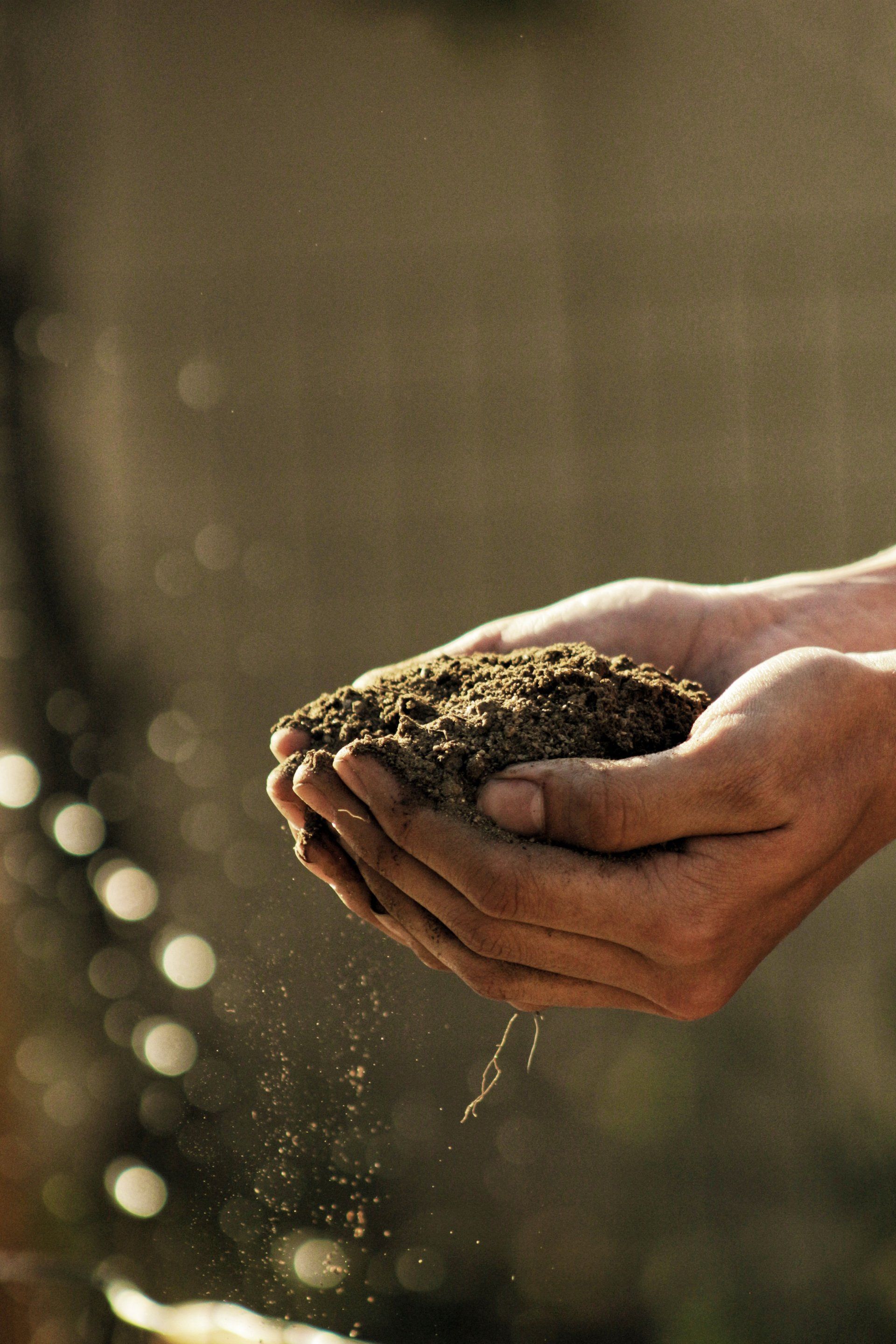Composting in Your Own Backyard
Those of us living around the Puget Sound are lucky to have regional composting facilities that manage our yard and food waste with a curbside municipal bin at our house. While this is a wonderful resource, we can also manage most of the compostable material we generate in our own backyards. Composting at home allows you to control the stock material for your compost. It also reduces your personal carbon footprint by eliminating trips needed to transport the green waste to the composting facility, the machinery used to turn large piles, and the trucks needed to move the finished material back to your garden. It reduces packaging needs and saves you money. Making your own compost is good exercise too!

Yard Waste
Yard waste compost systems are great ways to manage grass clippings from your lawn, leaves from your garden, trimmings from the vegetable garden and non-seeded and non-noxious weeds you pull from garden beds. Save the leaves you rake in the fall and bag them in plastic bags, then use them as brown material for your compost piles. In general, a 50-50 mix by volume of greens and browns will get the compost pile working. You want to create heat in the pile to encourage decomposition and jump-start the micro and macro-organisms that do the composting work for you. A good mix of leaves and grass clippings alone will do the trick.
You can choose between a single pile (cold pile) that you turn in place or a series of compost bins that you turn into to keep the pile aerated and moist. Turning will speed up the decomposition of the pile. If you choose to let it stand in place, be sure to layer it well and mix it at least once to encourage the presence of the composting organisms. Covering the pile during very rainy or hot weather can aid in keeping the pile from getting compromised. Harvest when the material is fully broken down and smells like fresh earth. Add chunky pieces back to the new pile.

Food Digesters
– a food digester is a receptacle that is partially buried in the ground to which you simply add food scraps. The underground portion has holes in its side which allow organisms into your food waste. You can purchase heavy duty plastic “Green Cones” for a digester, or you can make your own by taking a galvanized garbage can and drilling holes in the sides and bottom. You use them both the same way; open the lid, throw the food scraps in, shut the lid and leave it alone. The food will rot in place and serve as fodder for soil organisms. You don’t need to turn these systems and don’t have to harvest them. Place them near a fruit tree in your garden and they will continually feed the soil around the tree.

Worm Bins
– Using the services of red wiggler worms, Eisenia fetida, a worm bin produces one of the best forms of compost to use in our garden. Worm bins can be made of plastic or wood and sized in various ways. Create worm habitat by adding shredded newspaper that has been soaked in water and wrung out. Sprinkle with soil, add worms, place food scraps under the newspaper bedding and let the worms go to work. Make sure the bedding stays evenly damp, cool and has good air circulation. In general, adding 1 pound of food per square foot of space is the recommended rate. You can add avocado, orange and banana peels that don’t break down quickly because these provide microniches for worms to lay eggs on. Don’t turn the bin – harvest when the compost looks and smells like fresh earth.
Laura Matter has been a practicing horticulturist for the past 40 years, studied Landscape Horticulture at South Seattle Community College and has a B.A. in Botany from the University of Washington. She is currently the Sustainable Yard and Home Education Program Manager at Tilth Alliance and specializes in watershed health, pollinator gardening and integrated pest management education. Contact the Garden Hotline at 206.633.0224 or at GardenHotline.org.










